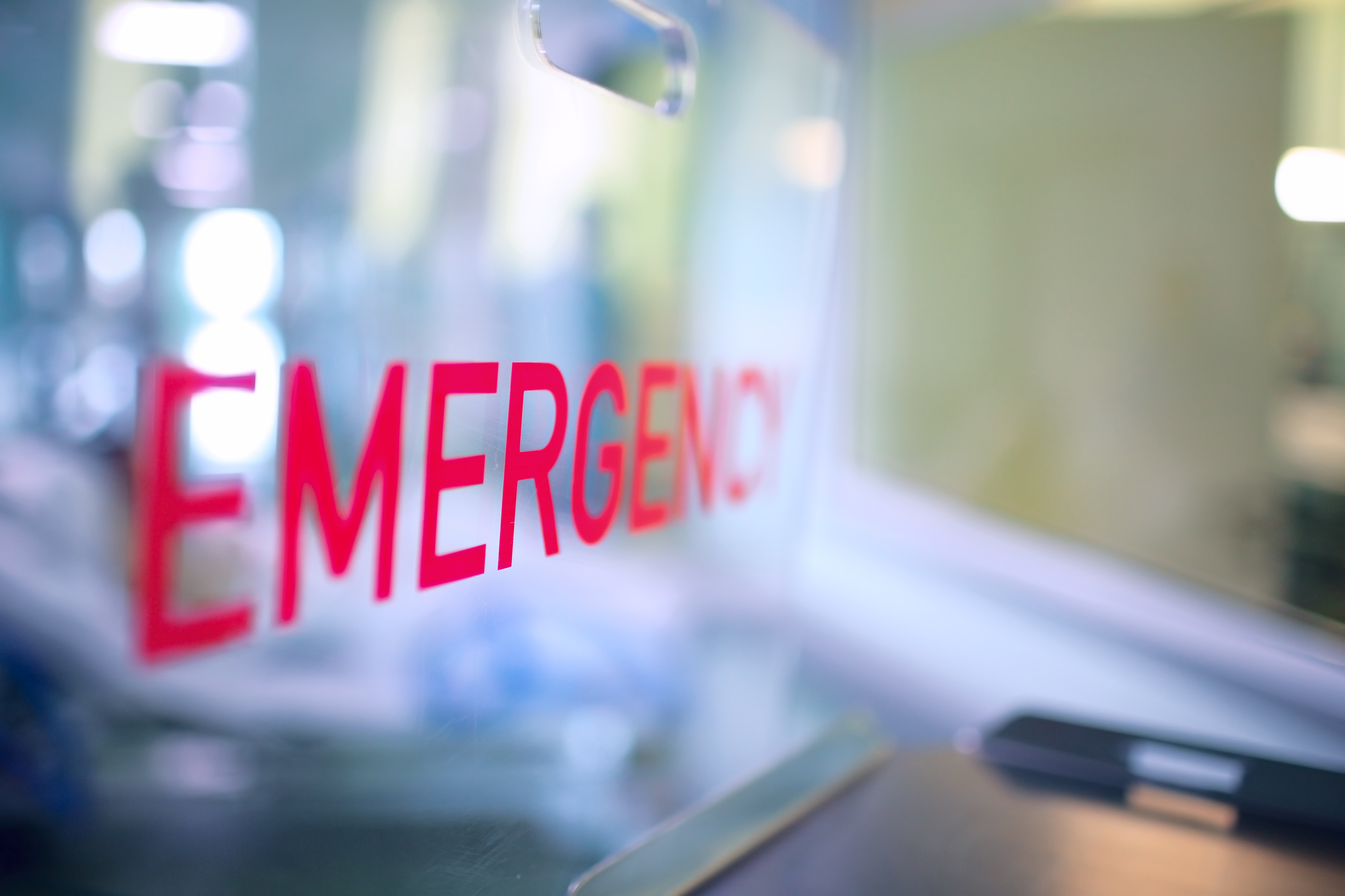With over 90% of Emergency Departments (EDs) routinely reporting crowding, nurses are tasked with caring for patients in the ED bays, hallways, and more during their shifts. They balance this crowding and patient needs with fewer resources as staffing shortages are widely known in the post-covid ED. Many hospitals look to fill the void with travel nurses, who now represent 8- 10% of the nursing workforce. This brings its own set of challenges for the hospital team.
With these challenges and new stressors and surprises each shift, it can be overwhelming to think about incorporating new technology. Using standard processes and tools can feel more efficient. Everybody knows what to do when doing it, and how to do it. But is it really efficient or does it just feel more efficient?
Take the head injured patient that arrives in your ED. After an initial assessment, what’s the most likely pathway for this patient? A head CT scan to determine if there is an intracranial injury (brain bleed) is often the next step for 80% of head injured patients in the ED. Great, you’ve got the next step figured out and can move on to the next patient.
Is this patient first in line for the CT scan? Given that over 90% of head injured patients are considered mild, it’s unlikely that they are going to be rushed to the CT scanner (even if there is one available in the ED). If they’re not first in line, these head injured patients can spend up to 6 or more hours in the ED:
- Waiting for their turn
- Having the CT performed
- Waiting for the radiologist to read the results
- Waiting for the ED physician to review
- Discharge
What is happening during all this wait time for the patient? Likely they are putting demands on the nursing team. As time goes by, their patience and perception of their experience decline.
Mild head injured patients may not represent the largest volume of patients in the ED, but the typical treatment pathway leads to an average ED length of stay that is twice the average length of stay. This contributes to the boarding issue as new patients cannot be seen while these patients are waiting for their care and discharge. For the last few decades, ED providers have really only had one pathway for these patients.
There are options besides a CT scan as the first line assessment for the mild head injured patient. Within 20 minutes, BrainScope’s innovative, objective decision support tool indicates the likelihood of being negative for intracranial injury on a CT and identifies those that require further evaluation. This enables physicians to quickly triage head injured patients and helps to determine who does and does not need a CT scan. Clinical experience has demonstrated up to a 40% reduction in length of stay when BrainScope is integrated into the assessment.
What does that 40% reduction mean for nurses—less time managing patient complaints and dissatisfaction over long wait periods and more time spent providing care and a positive experience. Many hospitals incorporate BrainScope into their triage process to expedite their process. When triage times are concerned, then BrainScope can be ordered during the triage process to be available when needed.
Further, the device is intuitive to use and can be operated on with no prior training. On-screen support guides operators every step of the way. This works well for hospitals where many per diem or traveling nurses make up the staff. Many hospitals also incorporate techs and medics into the routine during setup to ease nursing time and speed up the assessment. One hospital found a 16% improvement in assessment time once techs were incorporated into the process.
The open question is likely still – can this technology be trusted? Is there a risk that a brain bleed will be missed? The BrainScope technology has been researched and validated for over 12 years. A large validation trial of over 700 subjects demonstrated 99% sensitivity to ≥ 1 mL of blood and a 98% negative predictive value. In clinical practice, 100% sensitivity and 100% NPV have been reported.1 These results indicate that using this technology can add great confidence to the clinical decision not to obtain a CT scan when a negative BrainScope result is obtained.
Learn more about BrainScope and see how new technology can ease the burden for your nurses.
1 Naunheim R, Konstantinovic Koscso M, Poirier R. Reduction in unnecessary CT scans for head-injury in the emergency department using an FDA cleared device. American Journal of Emergency Medicine. 2019: 37(10):1987-1988.


